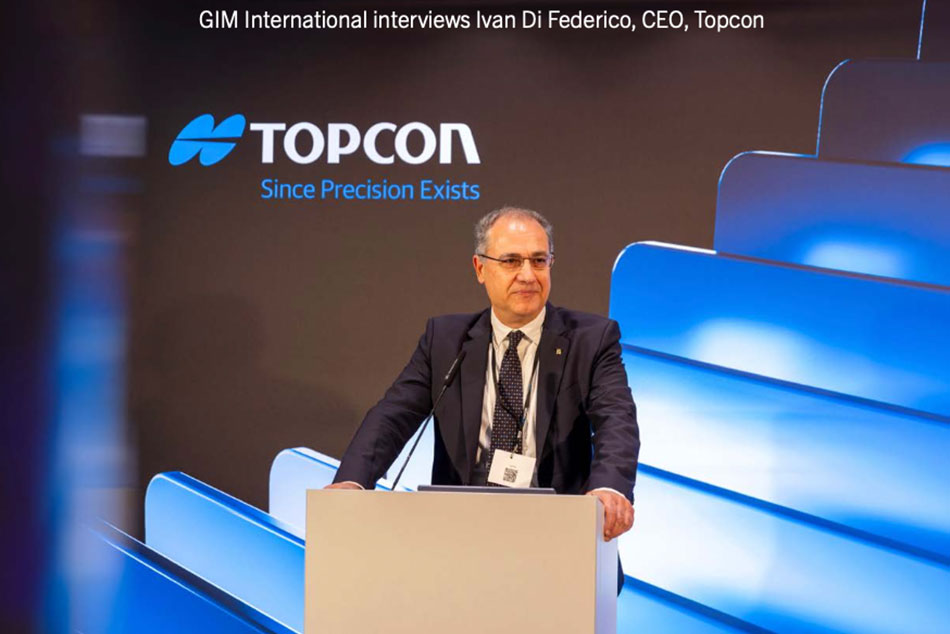LIVERMORE, Calif. — July 13, 2022 — Topcon Agriculture announces a new Topcon Talks Agriculture episode titled State of the Industry: The Future of Food. Michael Gomes, vice president of strategic business development at Topcon Agriculture, joins Curt Blades, senior vice president of Ag Services for the Association of Equipment Manufacturers (AEM), as well as Grant Good, director of global smart ag engineering at AGCO Corporation, to discuss how the agriculture industry could potentially be reshaped over the next decade.
The guests examine several pieces of key data and findings detailed in a white paper recently published by AEM titled The Future of Food Production. The report identifies 13 trends that are shaping the future of farming, including global population growth, shifting natural resources and ever-evolving supply chain challenges, and how these trends will accelerate the evolution and adoption of technology as it connects productivity, sustainability, cost control, food security and more.
“Topcon has always been committed to forward thinking in our industry. Our investment and collaboration with other industry leaders in the Future of Food Production research allowed us to evaluate the changing landscape we’re facing,” Gomes said. “Through this effort, we shared experiences and insights to identify areas we can best support these growing demands. Topcon will continue to evolve its precision ag portfolio by creating and innovating new technologies as our industry grows toward a bright future.”
Listeners can tune in to Topcon Talks Agriculture Podcasts at topconpositioning.com/podcasts, Apple Podcasts, Google Podcasts, Amazon Music, Spotify, iHeartRadio, or wherever podcasts are available.
The White Paper
The Future of Food Production is a report prepared by AEM’s agriculture-focused member leaders to determine current and future changes in the agriculture industry and the resulting impact on farmers around the world. AEM’s Future of Food Production Vision Team, including sponsorship and participation from Topcon, invested two years of research, discussion and debate to build a consensus regarding how the agriculture industry will evolve over the next decade.
Trends indicate that consumers are showing growing interest in food origination at a time when issues impacting food production include ongoing supply chain vulnerabilities, environmental challenges, demographic shifts and technology innovations. Farmers’ efforts to secure a critical supply of food for the world face another challenge as the shrinking skilled workforce continues to do more with less.
For more information on Topcon Agriculture, visit topconpositioning.com/agriculture.
About Topcon Positioning Group
Topcon Positioning Group, always one step ahead in technology and customer benefits, is an industry leading designer, manufacturer and distributor of precision measurement and workflow solutions for the global construction, geospatial and agriculture markets. Topcon Positioning Group is headquartered in Livermore, California, U.S. (topconpositioning.com, LinkedIn, Twitter, Facebook). Its European head office is in Capelle a/d IJssel, the Netherlands. Topcon Corporation (topcon.com), founded in 1932, is traded on the Tokyo Stock Exchange (7732).
# # #
Press Contact:
Topcon Positioning Group
corpcomm@topcon.com
Staci Fitzgerald, +1 925-245-8610
















